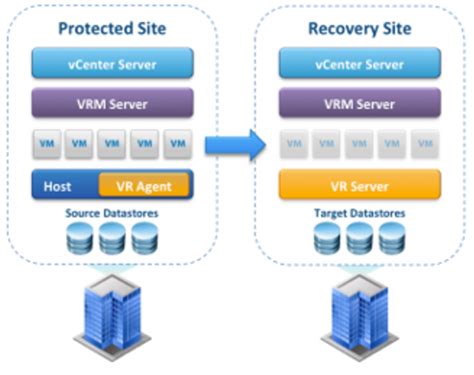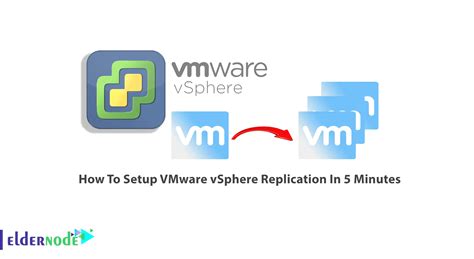vsphere replication boot kernel | vsphere replication settings vsphere replication boot kernel Set Up a VMkernel Adapter for vSphere Replication Traffic on a Source Host. You create VMkernel adapters to isolate the outgoing replication traffic on source ESXi hosts. Note: . Staņislavs, Staņislava, Stefānija; Kontakti; Reklāma; Ziņas ; Bizness; Life; Sports; Kultūra; Auto; Cālis; Tasty
0 · vsphere replication vmware
1 · vsphere replication tutorial
2 · vsphere replication settings
3 · vsphere replication performance
4 · vsphere replication examples
5 · vsphere replication download
6 · vsphere replication best practices
7 · vsphere replication 5.1
Fox Float X Factory rear shock review - BikeRadar
You create VMkernel adapters to isolate the incoming replication traffic on target ESXi hosts. Note: To ensure the best possible results, use one VMkernel adapter for one traffic type. Perform this procedure for every ESXi host that is used as a replication target, and for . Set Up a VMkernel Adapter for vSphere Replication Traffic on a Source Host. You create VMkernel adapters to isolate the outgoing replication traffic on source ESXi hosts. Note: . Best practices for using and configuring vSphere Replication can prevent your environment from possible issues during replication. Important: You mustn't change the source . In this article we will show how to install, configure and use vSphere Replication that is part of vSphere 5.1. We will use the vSphere Client for all tasks.

The vSphere kernel itself tracks unique writes to the disk files of protected virtual machines, and identifies and replicates only those blocks that have experienced unique writes . The ongoing replication is by use of an agent and vSCSI filter that reside within the kernel of an ESXi 5.0 host that tracks the I/O and keeps a bitmap in memory of changed .For general reporting, the vSphere Replication interface includes details about replication direction, site target, appliance target, and status. For detailed reporting, there is the vSphere . vSphere Replication has been embedded in the ESXi kernel for quite sometime now. When a virtual machine performs a storage 'write' this is mirrored by the vSCSI filter at .
The VMkernel networking layer provides connectivity to hosts and handles the standard system traffic of vSphere vMotion, IP storage, Fault Tolerance, vSAN, and others. .Replicate one or more virtual machines: Within a VMware vSphere cluster or across vSphere clusters at the same site for local data protection, virtual machine migration, and disaster . You create VMkernel adapters to isolate the incoming replication traffic on target ESXi hosts. Note: To ensure the best possible results, use one VMkernel adapter for one traffic type. Perform this procedure for every ESXi host that is used as a replication target, and for which you want to isolate the replication traffic. Set Up a VMkernel Adapter for vSphere Replication Traffic on a Source Host. You create VMkernel adapters to isolate the outgoing replication traffic on source ESXi hosts. Note: To ensure the best possible results, use one VMkernel adapter for one traffic type.
vsphere replication vmware
Best practices for using and configuring vSphere Replication can prevent your environment from possible issues during replication. Important: You mustn't change the source VM hardware while you are in the process of configuring a replication.
In this article we will show how to install, configure and use vSphere Replication that is part of vSphere 5.1. We will use the vSphere Client for all tasks. The vSphere kernel itself tracks unique writes to the disk files of protected virtual machines, and identifies and replicates only those blocks that have experienced unique writes during the configured recovery point objective.
The ongoing replication is by use of an agent and vSCSI filter that reside within the kernel of an ESXi 5.0 host that tracks the I/O and keeps a bitmap in memory of changed blocks and backs this with a "persistent state file" (.psf) in the home directory of the VM.For general reporting, the vSphere Replication interface includes details about replication direction, site target, appliance target, and status. For detailed reporting, there is the vSphere Replication Management pack for vRealize Operations. vSphere Replication has been embedded in the ESXi kernel for quite sometime now. When a virtual machine performs a storage 'write' this is mirrored by the vSCSI filter at the ESXi Host level before it is committed to disk. The VMkernel networking layer provides connectivity to hosts and handles the standard system traffic of vSphere vMotion, IP storage, Fault Tolerance, vSAN, and others. You can also create VMkernel adapters on the source and target vSphere Replication hosts to isolate the replication data traffic.
vsphere replication tutorial
Replicate one or more virtual machines: Within a VMware vSphere cluster or across vSphere clusters at the same site for local data protection, virtual machine migration, and disaster recovery. Across vSphere clusters at different sites for cross-site data protection, virtual machine migration, and disaster recovery.
You create VMkernel adapters to isolate the incoming replication traffic on target ESXi hosts. Note: To ensure the best possible results, use one VMkernel adapter for one traffic type. Perform this procedure for every ESXi host that is used as a replication target, and for which you want to isolate the replication traffic. Set Up a VMkernel Adapter for vSphere Replication Traffic on a Source Host. You create VMkernel adapters to isolate the outgoing replication traffic on source ESXi hosts. Note: To ensure the best possible results, use one VMkernel adapter for one traffic type.
ysl eyeshadow 2016
Best practices for using and configuring vSphere Replication can prevent your environment from possible issues during replication. Important: You mustn't change the source VM hardware while you are in the process of configuring a replication. In this article we will show how to install, configure and use vSphere Replication that is part of vSphere 5.1. We will use the vSphere Client for all tasks.
The vSphere kernel itself tracks unique writes to the disk files of protected virtual machines, and identifies and replicates only those blocks that have experienced unique writes during the configured recovery point objective. The ongoing replication is by use of an agent and vSCSI filter that reside within the kernel of an ESXi 5.0 host that tracks the I/O and keeps a bitmap in memory of changed blocks and backs this with a "persistent state file" (.psf) in the home directory of the VM.For general reporting, the vSphere Replication interface includes details about replication direction, site target, appliance target, and status. For detailed reporting, there is the vSphere Replication Management pack for vRealize Operations.
vSphere Replication has been embedded in the ESXi kernel for quite sometime now. When a virtual machine performs a storage 'write' this is mirrored by the vSCSI filter at the ESXi Host level before it is committed to disk. The VMkernel networking layer provides connectivity to hosts and handles the standard system traffic of vSphere vMotion, IP storage, Fault Tolerance, vSAN, and others. You can also create VMkernel adapters on the source and target vSphere Replication hosts to isolate the replication data traffic.
vsphere replication settings
vsphere replication performance
vsphere replication examples
vsphere replication download

The CUT MY CITY foundation offers free haircuts for low-income children, homeless individuals, and the elderly. We believe that a haircut can boost a person’s pride and dignity. We aim to help those in need, including single-parent moms who can’t afford haircuts for their kids, veterans, and seniors. We need your support to fund barbers and .
vsphere replication boot kernel|vsphere replication settings


























